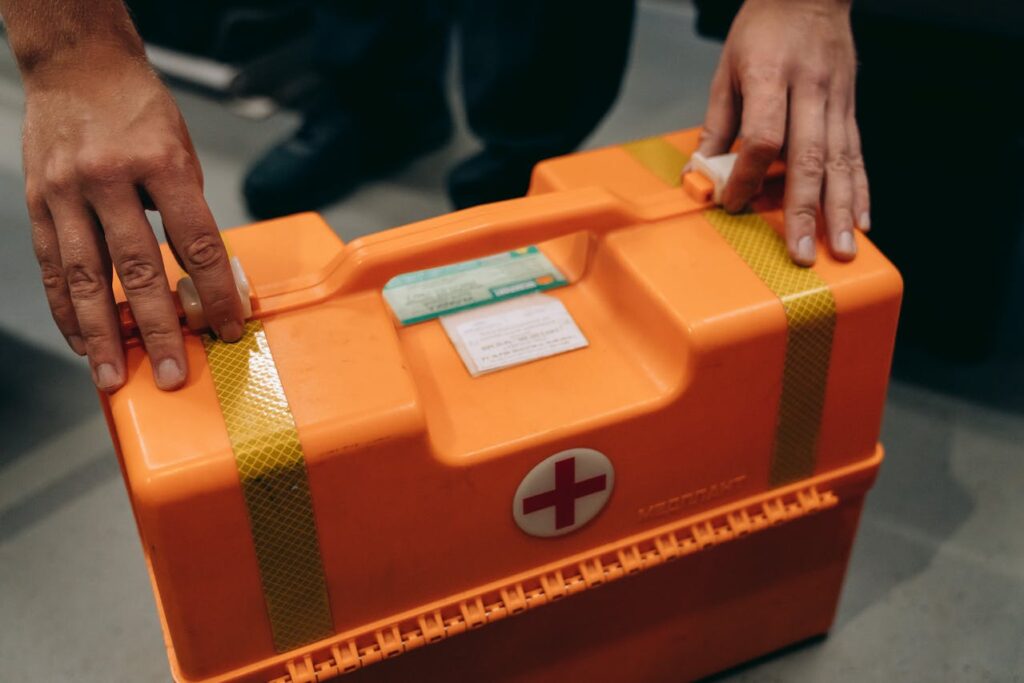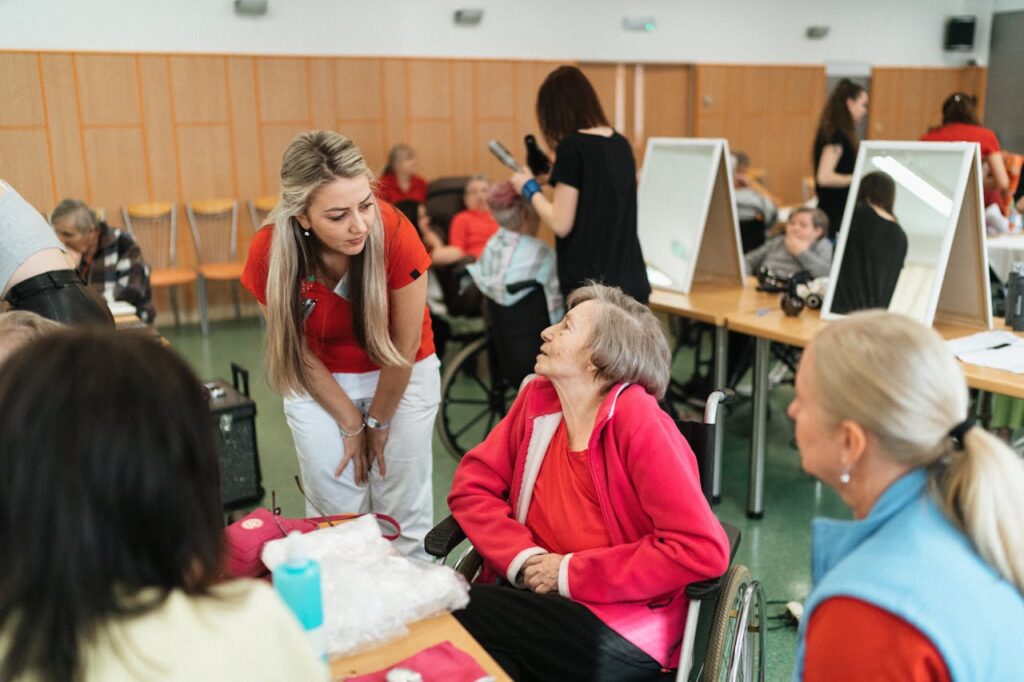Be Ready for Anything with These Essential Emergency Preparedness Kit Items
Be Ready for Anything with These Essential Emergency Preparedness Kit Items In a world filled with unpredictability, being prepared is more important than ever. Whether you’re a homeowner or an outdoor enthusiast, having an emergency preparedness kit can make all the difference in unexpected situations. From natural disasters to personal emergencies, this guide will walk you through everything you need to know about assembling an emergency preparedness kit that will keep you and your loved ones safe and secure. Understanding the Importance of Emergency Preparedness Emergencies can strike at any time, often without warning. From hurricanes and earthquakes to power outages and car breakdowns, the scenarios are endless. The key to minimizing the impact of these events is preparation. By having a well-stocked emergency preparedness kit at the ready, you can ensure your safety and comfort during trying times. Key Essentials for an Emergency Preparedness Kit Food and Water Supplies One of the most critical aspects of any emergency preparedness kit is having an adequate supply of food and water. Experts recommend storing at least a three-day supply of non-perishable food items and one gallon of water per person per day. This ensures you have enough sustenance to get through the initial phase of any emergency. Consider including a variety of canned goods, dried fruits, nuts, and high-energy snacks. Don’t forget a manual can opener! For water, use sealed bottles or invest in water purification tablets or a portable filter for longer-term needs. It’s crucial to check expiration dates regularly and rotate your stock to keep it fresh. First Aid Kit A comprehensive first aid kit is indispensable in any emergency preparedness plan. It should include bandages, gauze, antiseptic wipes, adhesive tape, scissors, tweezers, and a digital thermometer. Additionally, consider adding over-the-counter medications like pain relievers, antihistamines, and anti-diarrheal tablets. For those with specific medical conditions, ensure you have an ample supply of prescription medications. Don’t forget to include a first aid manual to guide you through administering basic medical care if needed. Communication and Lighting Tools Staying informed and connected during an emergency is crucial. Include a battery-powered or hand-crank radio in your kit to receive updates on weather conditions and emergency instructions. A fully charged portable phone charger can also be a lifesaver when power is unavailable. For lighting, pack several flashlights along with extra batteries. Consider adding glow sticks and matches or a lighter for additional light sources. Ensuring you can see clearly and communicate effectively during an emergency situation is essential for your safety. Tools and Equipment for Shelter and Safety In certain emergencies, you may need tools and equipment to create a temporary shelter or perform minor repairs. A sturdy multipurpose tool, duct tape, plastic sheeting, and a utility knife are all invaluable additions to your kit. Also, pack a whistle to signal for help, a dust mask to filter contaminated air, and heavy-duty gloves to protect your hands. These items can help you maintain a safe environment while waiting for assistance or navigating through hazardous conditions. Tips for Customizing Your Kit Based on Your Location and Needs Urban vs. Rural Considerations The contents of your emergency preparedness kit can vary depending on whether you live in an urban or rural area. Urban dwellers might prioritize items that aid in communication and navigation, such as maps and extra chargers. Conversely, those in rural areas might focus more on tools for shelter and fire-starting equipment. It’s essential to tailor your kit to your surroundings, considering the most likely emergencies in your region. Regardless of your location, having a versatile and adaptable kit is key to being well-prepared. Specific Considerations for Families, Individuals, and Pets Every family or individual has unique needs. Families with young children should include baby formula, diapers, and comfort items like toys or books. Individuals with disabilities might need specific medical supplies or mobility aids. Don’t forget your pets! Ensure you have extra food, water, and any medications your pets might need. A comfortable carrier and familiar items like toys or bedding can help keep your pets calm during an emergency. Two-factor authentication (2FA) acts as a second layer of security when logging into accounts. For seniors, this extra measure can be pivotal in preventing unauthorized access. With 2FA enabled, even if a password is compromised, the additional verification step provides another hurdle for potential intruders. Staying Informed and Prepared for Different Types of Emergencies Natural Disasters (Fires, Floods, Earthquakes) Different emergencies require different preparations. Familiarize yourself with the types of natural disasters most likely to occur in your area. For example, if you live in a flood-prone region, include waterproof bags for important documents and invest in a high-quality rain poncho. Knowing what to expect and how to prepare for specific disasters can make a significant difference in your response and recovery. Research local emergency plans and create a family emergency communication plan to ensure everyone knows what to do. Power Outages Power outages are a common emergency that can range from minor inconveniences to major disruptions. Prepare for these by including a portable generator, extra fuel, and plenty of batteries in your kit. Solar-powered chargers are also a great addition for keeping essential devices running. Remember to stock up on non-perishable food items that don’t require cooking. Canned soups, ready-to-eat meals, and energy bars are excellent choices for maintaining nutrition during an extended power outage. Personal Emergencies (Vehicle Breakdown, Getting Lost) Emergencies aren’t limited to natural disasters. Personal emergencies like vehicle breakdowns or getting lost can happen anytime. Keep a smaller emergency kit in your car with essentials like a flashlight, jumper cables, a reflective vest, and a spare tire. Additionally, a portable phone charger and a paper map of your area can be invaluable if you find yourself stranded without cell service. Being prepared for these smaller-scale emergencies ensures you’re ready for anything life throws your way. Empowering Readers to Take Action and Be Prepared for Anything Being prepared for emergencies isn’t just about having the right supplies—it’s about

